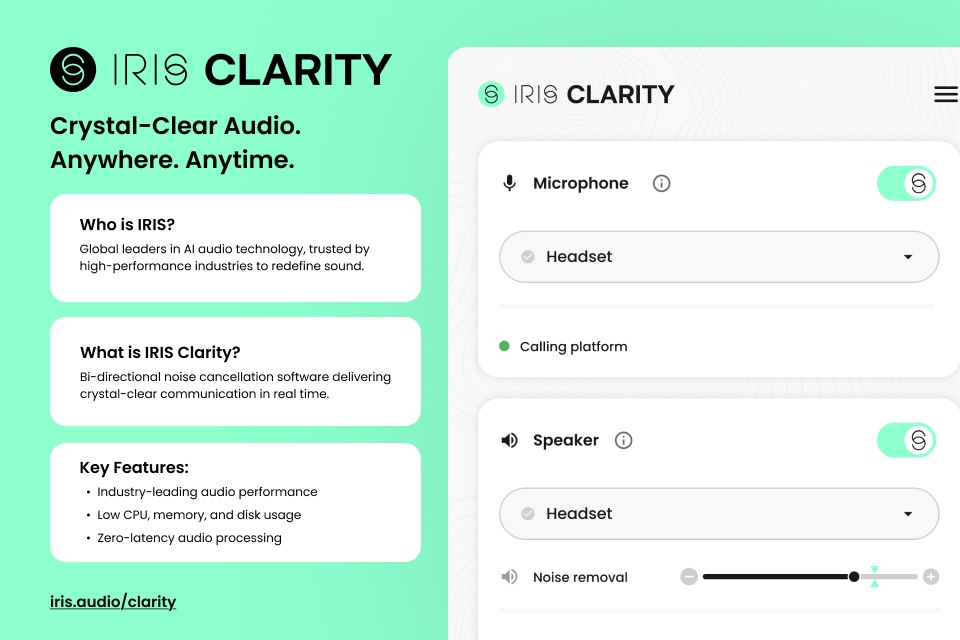Artificial intelligence (AI) is everywhere you look, and the financial services sector is no different. Banks and other financial firms like hedge funds were some of the first institutions to adopt artificial intelligence at a corporate level, while new technological advances and applications mean that AI usage is more widespread than ever.
These new applications promise a myriad of benefits for the firms that adopt AI and their customers, who are interacting with the technology in new ways and opening the door to further possibilities. But how exactly is AI being used to transform the world of commercial finance? Anglo Scottish Finance takes a look…
Embracing the future?
For those working within financial services, the outlook on AI is certainly mixed. Generative AI – forms of artificial intelligence capable of generating their own image, text or other forms of media – are typically viewed with caution. 45% of people working in financial services view generative AI as a friend, though a further 40% view it as a foe.
Despite this mixed view, 77% of bankers believe that unlocking maximum value from AI technologies will be the difference between successful and unsuccessful banks. Its value cannot be understated.
There are, of course, concerns around employment: 73% of financial services executives believe that generative AI will take their jobs. Thankfully, those aged 25–34 – who will largely be driving AI adoption forward – feel markedly more positive about AI.
Those concerned about redundancies should not fear – for the present day, at least. At the moment, AI is best used as a supportive, augmentative tool, utilising human input to maximise the tool’s potential.
Tackling financial crime
Banks spend nearly £219.7bn each year on tackling financial crime. It’s a difficult – and often thankless – task, given the sheer number of transactions that must be monitored to weed out the fraudulent ones. International collaboration might be required, and red tape raises further barriers to identifying and preventing these transactions in time.
AI’s ability to digest and analyse huge datasets means it can change the outlook for anti-fraud teams, who can now monitor more information than ever before. For example, high street bank TSB has been utilising machine learning to provide every individual transaction with a score based on how likely is to be fraudulent within milliseconds.
The bank estimates a 20% reduction in push payment fraud – where users are convinced to send money to people pretending to be someone else – as a result of the technology.
A human touch is needed here, too – predictive AI might be able to identify spending patterns and catch fraudulent transactions before they happen, but a human understanding of why a transaction might have taken place in a certain way is necessary to interrogate individual payments on a case-by-case basis.
Precision forecasting
AI advancements in recent years have enabled huge improvements in financial forecasting. Given the increasingly volatile nature of the competitive landscape, real-time updates to your forecasting can be the difference between getting ahead of the game and being left behind.
Machine-learnt algorithms can provide automated forecasting that continuously adapts projections, aggregating massive datasets from a range of sources and in a range of mediums. These can be compared to industry benchmarks or competitor performance to ensure that your firm is on track according to any of your KPIs.
And, of course, as time passes and a growing amount of data is entered, the AI’s predictions will become increasingly accurate. When used in this context, it may be able to identify the real driving factors behind a business’ revenue. In one case, a global business found that units sold and sale price, traditional indicators of high revenue, had far less impact on its overall profit and loss than expected.
Stuart Wilkie, Head of Commercial Finance at Anglo Scottish, comments: “As machine learning becomes more and more accurate, there’s essentially no limit to the predictions artificial intelligence may be able to make.
“Given that high-quality predictive AIs are a reasonably new phenomenon, we can expect forecasting to become more accurate, span longer periods and account for a wider range of events as we continue to feed large-scale datasets through it.”
Investment insight
Given modern AI’s surgical approach to forecasting and its ability to pull from a wide range of different data sources, it’s unsurprising that AI is being used to predict the best-performing stocks to invest in.
In fact, a recent study found that 71% of UK investors would trust AI to recommend products for their portfolio – an 8% rise from 2022. In the US, 45% of investors using tips website The Motley Fool said they’d be comfortable investing based on ChatGPT’s advice and nothing else.
Investment advisors can benefit from machine learning tools’ ability to quickly analyse a portfolio and identify areas of risk. In line with identified risk areas, they can design a newly diversified portfolio based on each customer’s strategic goals, choosing the perfect blend of cash and ETF investments.
Customer service
AI’s ability to handle menial, repetitive queries with greater efficiency than its human counterparts has led to the improvement of customer support chatbots. And, thanks to advancements in natural language processing (NLP), the branch of AI concerned with giving computers the ability to understand text and speech in the same way we can, chatbots are providing a better service than ever before.
Let’s face it, we’d all rather have a human operative deal with our queries – but conversational AI is now able to handle simple, one-size-fits-all queries with ease. In the event of a more complex issue, they’ll send you through to a human customer support employee.
With 79% of financial services leaders aware that a personalised experience increases customer retention, the use of chatbots for standardised tasks frees up manpower to personally deal with more important issues. The bank benefits from increased efficiency, and the end users benefit from more readily available customer service for complex enquiries.
Managing, monitoring and improving AI use
Given the speed at which technological advances regarding AI are taking place, it’s important that businesses using AI understand its potential implications. The British government recently hosted the Bletchley Summit, during which 28 governments from around the world – including China, the EU and the US – agreed to work together on AI safety research. For now, however, there is little in the way of international legislation.
The onus therefore lies with the businesses using AI to manage the way in which they implement it. Long-term strategies are vital in managing AI usage at the corporate level, but as of early 2023, 57% of businesses are currently taking a reactive approach to artificial intelligence.
McKinsey, one of the leading adopters of AI at a corporate level, set out a 66-page document in 2021 with a roadmap to the “AI Bank of the Future.” The introduction extolls the importance of “formulating the organisation’s strategic goals for the AI-enabled digital age, and [evaluating] how AI technologies can support these goals.”
Wilkie comments: “AI adoption can have an almost instant impact upon a financial organisation’s operating practices, and by proxy, its bottom line. With that in mind, it can be tempting to rush through AI integration at various levels of the business.
“However, a considered approach is utterly vital. Understanding how AI fits into your firm’s long-term strategy enables deeper interrogation of your AI usage and ultimately leads to safer and more sustainable use of artificial intelligence. By creating a detailed AI strategy, you can also futureproof your business against any legislative changes which will take place in the coming years.”






